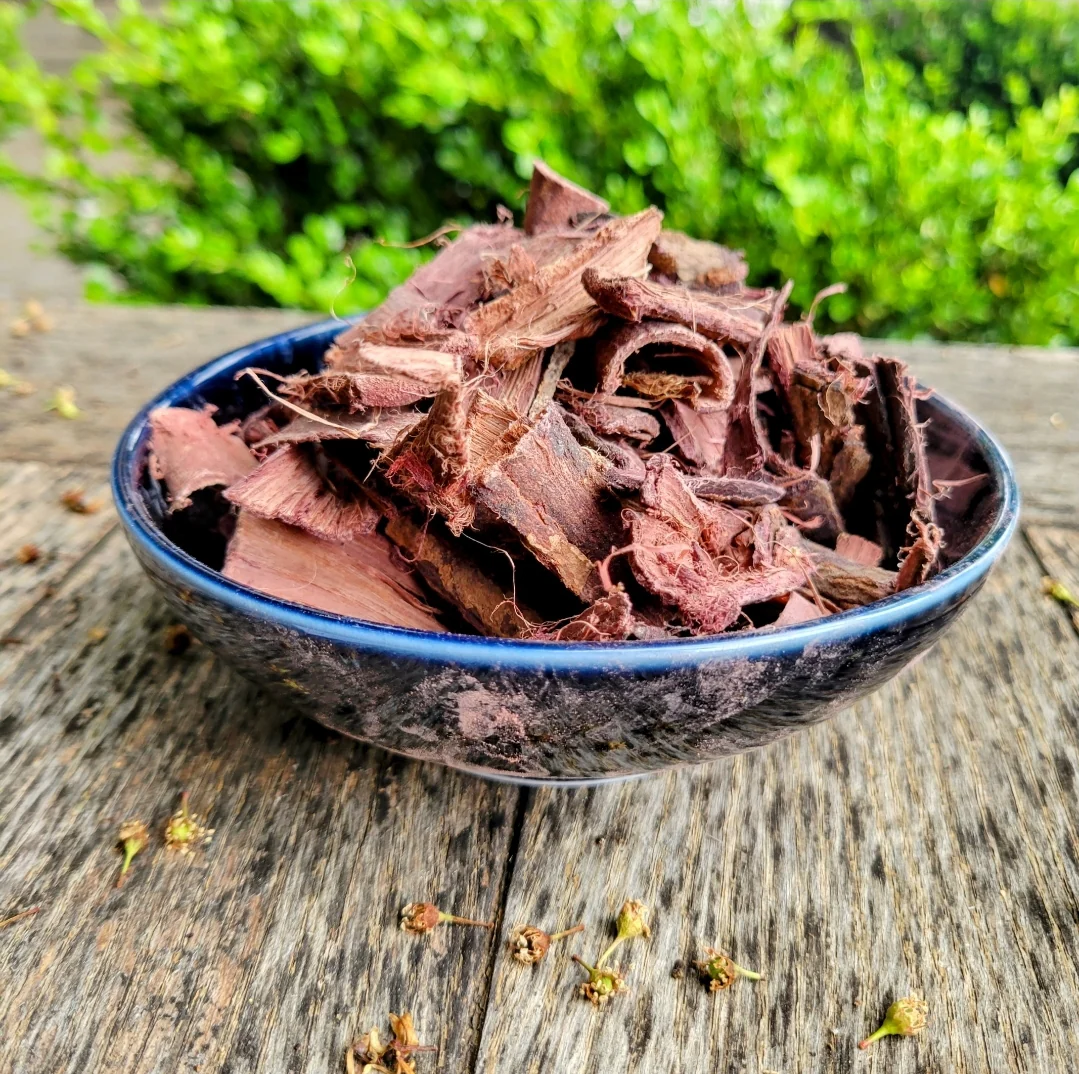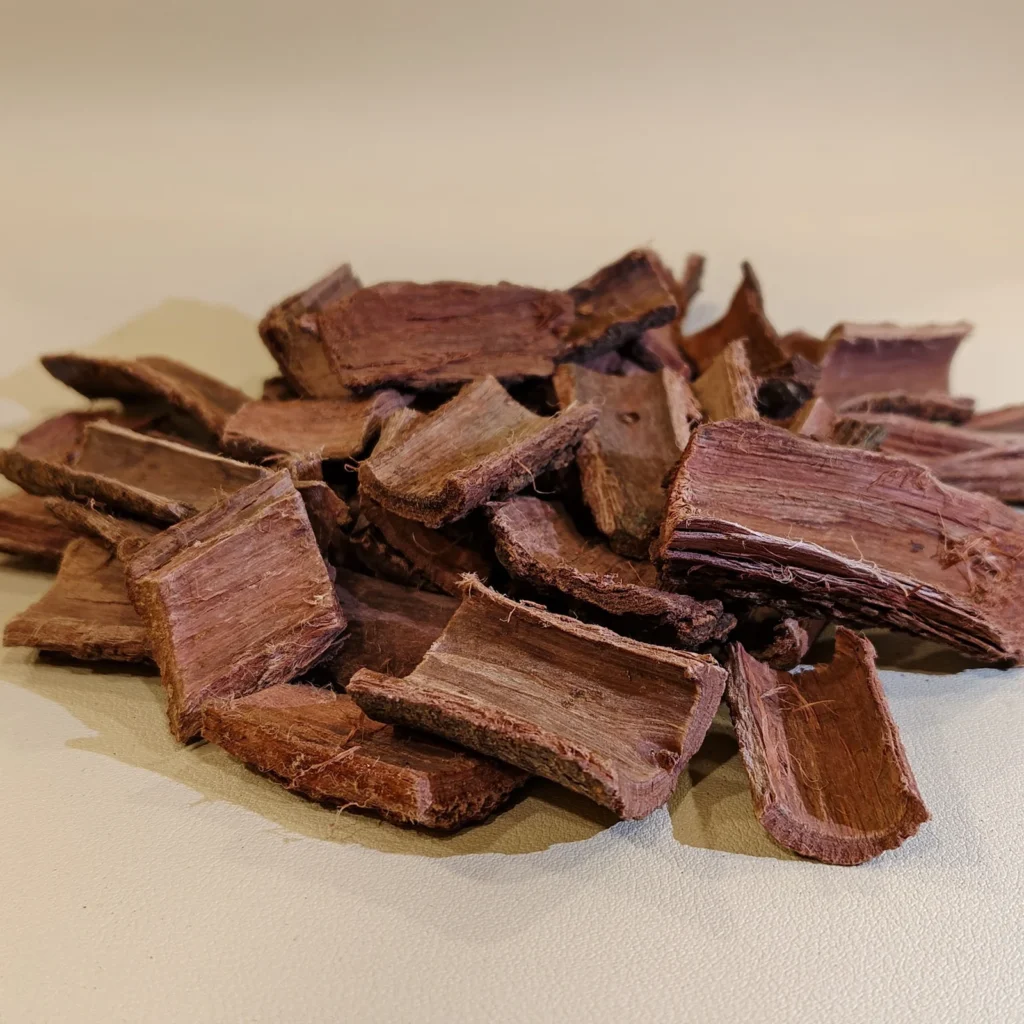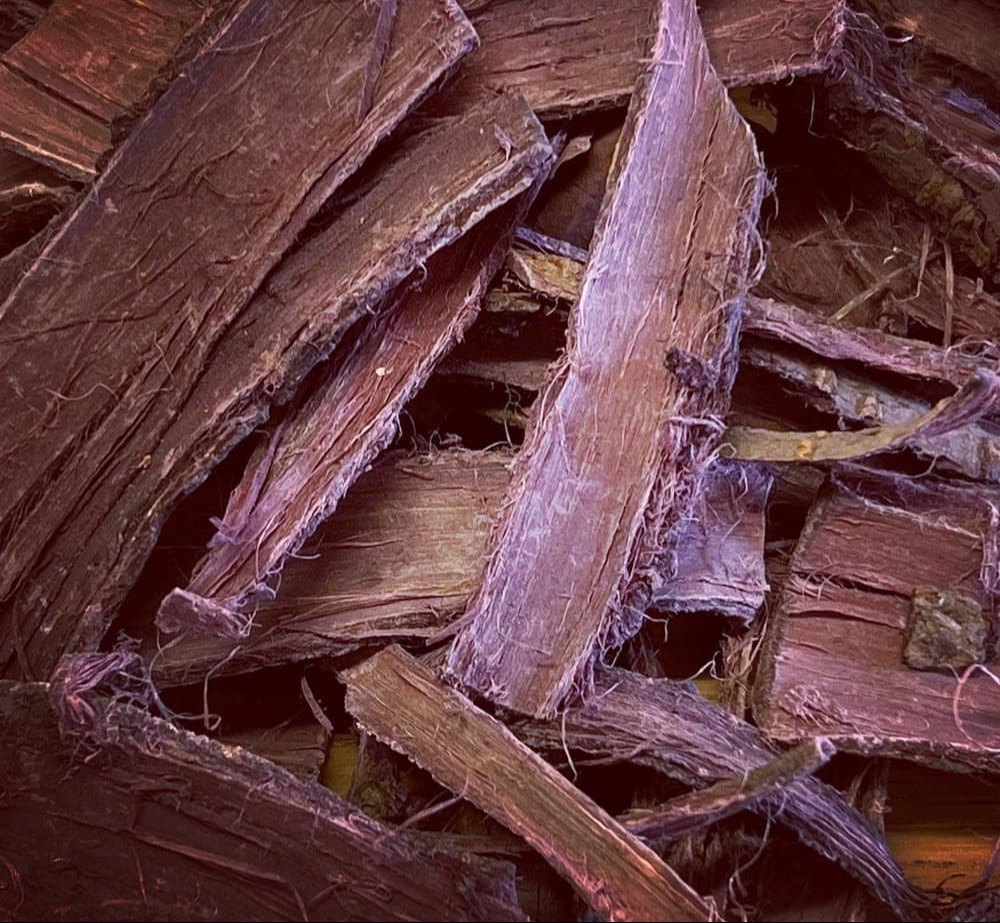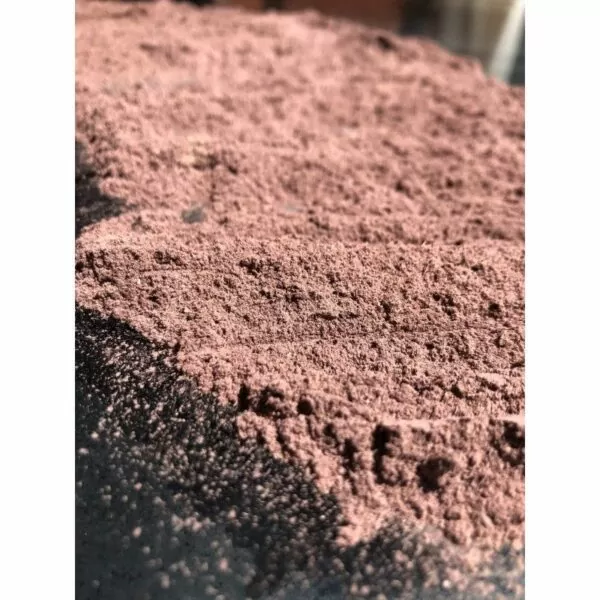Premium Mimosa Hostilis Root Bark (MHRB Powder)
Discover our premium Mimosa Hostilis Root Bark — sustainably harvested, finely milled MHRB powder for natural dyeing, skincare, and botanical research. Learn the difference between Mimosa Tenuiflora vs Mimosa Hostilis and buy high-quality Mimosa Hostilis Root Bark for sale online from our store.
About us
Shop now
Mimosa Hostilis Root Bark: A Natural Treasure from Nature’s Depths
At Mimosa Hostilis Barks, our mission is to make high-quality Mimosa Hostilis Root Bark accessible to customers in the USA and Europe who value purity, sustainability, and authenticity. The bark of the Mimosa Hostilis tree (scientifically known as Mimosa tenuiflora) has been used for generations for its diverse natural benefits. Today, it’s recognized as one of nature’s most versatile botanical materials.
Our team carefully sources and processes MHRB to preserve its natural structure and potency. Each batch undergoes a meticulous quality check to ensure consistency, cleanliness, and high dye content. Whether you’re purchasing Mimosa Hostilis Root Bark powder for research, natural dyeing, or botanical studies, our products meet the highest standards available.
The Origins of Mimosa Hostilis
Mimosa Hostilis, also known by its botanical synonym Mimosa Tenuiflora, is a perennial tree native to regions of Brazil and Mexico, particularly in the Caatinga and Chiapas areas. Known locally as Jurema Preta, this resilient tree thrives in semi-arid environments, regenerating quickly after wildfires and enriching the soil.
For centuries, indigenous communities have valued Mimosa Hostilis for its deep reddish-purple root bark, which contains natural tannins, flavonoids, and unique alkaloids. Its bark has been used in traditional preparations, natural dyeing, and herbal medicine, making it a culturally significant and ecologically fascinating plant.
What Is Mimosa Hostilis Root Bark?
Mimosa Hostilis, also known by its scientific synonym Mimosa tenuiflora, is a perennial tree found primarily in Brazil and Mexico. The root bark of this tree is packed with natural compounds that make it ideal for traditional and modern applications alike. Its rich reddish-purple hue, fine texture, and natural tannins have made it famous among artisans, researchers, and natural-product developers.
At Mimosa Hostilis Barks, we take pride in offering pure, finely milled MHRB powder that captures the natural essence of the bark. Each batch retains its vibrant color and rich aroma—key signs of freshness and authenticity.
$150.00 – $800.00Price range: $150.00 through $800.00
This product has multiple variants. The options may be chosen on the product page
$150.00 – $800.00Price range: $150.00 through $800.00
This product has multiple variants. The options may be chosen on the product page
$150.00 – $800.00Price range: $150.00 through $800.00
This product has multiple variants. The options may be chosen on the product page
$150.00 – $800.00Price range: $150.00 through $800.00
This product has multiple variants. The options may be chosen on the product page
$150.00 – $800.00Price range: $150.00 through $800.00
This product has multiple variants. The options may be chosen on the product page
$150.00 – $800.00Price range: $150.00 through $800.00
This product has multiple variants. The options may be chosen on the product page
Mimosa Tenuiflora vs Mimosa Hostilis: Understanding the Difference
There’s often confusion surrounding the terms Mimosa tenuiflora and Mimosa hostilis. Botanically, they refer to the same species. The difference lies primarily in regional naming conventions.
In Brazil, it’s commonly called Mimosa hostilis, while in Mexico and scientific literature, it’s known as Mimosa tenuiflora.
At Mimosa Hostilis Barks, we use both terms interchangeably, but our customers can be confident that whether labeled Mimosa tenuiflora or Mimosa hostilis, it’s the same authentic botanical—the one used for centuries and recognized worldwide for its natural richness.
Our Commitment to Quality and Sustainability
Our commitment begins with ethical sourcing. We work closely with trusted suppliers who harvest Mimosa Hostilis bark responsibly, ensuring the trees remain healthy and ecosystems are preserved. This sustainable approach allows the bark to regenerate naturally without harming the environment.
Each shipment of MHRB powder and root bark from Mimosa Hostilis Barks is handled with care—from drying to shredding and grinding. We never use additives, fillers, or artificial colors. What you receive is 100% pure Mimosa Hostilis Root Bark, just as nature intended.
Our dedication to transparency extends to every stage of production. Customers in the USA and Europe rely on us for consistent product quality and fast delivery, knowing that every batch has been carefully inspected for freshness and purity.
MHRB Powder: The Versatile Form of Mimosa Hostilis
Our MHRB powder is made from the inner root bark of the Mimosa Hostilis tree. It’s processed into a fine, soft powder that is easy to handle and store. This form is especially popular in natural dyeing and cosmetic applications, where consistency and purity are essential.
When mixed with other natural ingredients, Mimosa Hostilis powder produces a beautiful deep-purple to reddish tone, widely used for fabric dyeing, leather coloring, and handmade crafts. Its high tannin content also makes it an excellent ingredient in eco-friendly formulations.
For customers who prefer to grind their own bark, we also offer whole Mimosa Hostilis root bark, allowing for maximum flexibility in processing and use.
Mimosa Hostilis for Sale: Trusted Source in the USA and Europe
When searching for Mimosa Hostilis for sale, authenticity and quality should be the top priorities. Unfortunately, the market is filled with inconsistent or mislabeled products. At Mimosa Hostilis Barks, we stand apart by maintaining full control over our sourcing, storage, and shipping processes.
Our MHRB for sale is available in different forms: shredded bark, whole bark, and finely ground root bark powder. Customers in the United States benefit from fast domestic shipping, while our European customers enjoy reliable international delivery and multilingual support, including for those searching “Mimosa Hostilis kaufen” in Germany and other EU regions.
We ship discreetly, securely, and efficiently—ensuring that every order arrives in perfect condition.
Why Choose Mimosa Hostilis Barks?

The Natural Properties of Mimosa Hostilis Bark
One of the reasons Mimosa Hostilis bark is so valued is its naturally high tannin and pigment content. These compounds contribute to its striking color and make it a highly effective natural dye.
Artisans use Mimosa Hostilis Root Bark powder to create deep, lasting tones in textiles, wood, and leather. The bark’s natural chemistry also makes it suitable for inclusion in eco-friendly beauty products, as it blends well with clays, oils, and herbal extracts.
Its versatility has led to growing demand across multiple industries—from traditional crafts to modern sustainable manufacturing.
From Root to Powder: Our Production Process
Every batch of MHRB starts as fresh root bark sourced from mature Mimosa Hostilis trees. Once harvested responsibly, the bark is cleaned, dried naturally, and shredded into uniform pieces. For powder production, the bark is then ground to a fine, soft texture without the use of heat or chemicals, preserving the bark’s natural profile.
This slow, careful process ensures that our Mimosa Hostilis Root Bark powder maintains its vivid color, rich aroma, and natural strength. Each bag is sealed to lock in freshness, ready for use whenever you need it.
Mimosa Hostilis Kaufen: Serving the European Market
For our European customers, Mimosa Hostilis Barks provides easy access to authentic MHRB products with convenient ordering and fast shipping across Europe. Whether you’re in Germany searching for “Mimosa Hostilis kaufen,” or elsewhere in the EU, we make the process simple, secure, and transparent.
Our products comply with European standards for labeling and packaging, and our multilingual team provides support for all orders. European customers appreciate our consistent quality and quick response times—making Mimosa Hostilis Barks a trusted name in the region.
Mimosa Hostilis Kaufen: Serving the European Market
For our European customers, Mimosa Hostilis Barks provides easy access to authentic MHRB products with convenient ordering and fast shipping across Europe. Whether you’re in Germany searching for “Mimosa Hostilis kaufen,” or elsewhere in the EU, we make the process simple, secure, and transparent.
Our products comply with European standards for labeling and packaging, and our multilingual team provides support for all orders. European customers appreciate our consistent quality and quick response times—making Mimosa Hostilis Barks a trusted name in the region.
How to Store Mimosa Hostilis Root Bark and MHRB Powder
To maintain freshness and potency, store Mimosa Hostilis bark in a cool, dry place away from sunlight and moisture. Airtight containers are best for preserving color and preventing contamination. When properly stored, MHRB powder can remain vibrant and effective for an extended period.
We recommend keeping the powder sealed in its original packaging until ready for use, ensuring maximum quality and shelf life.

















